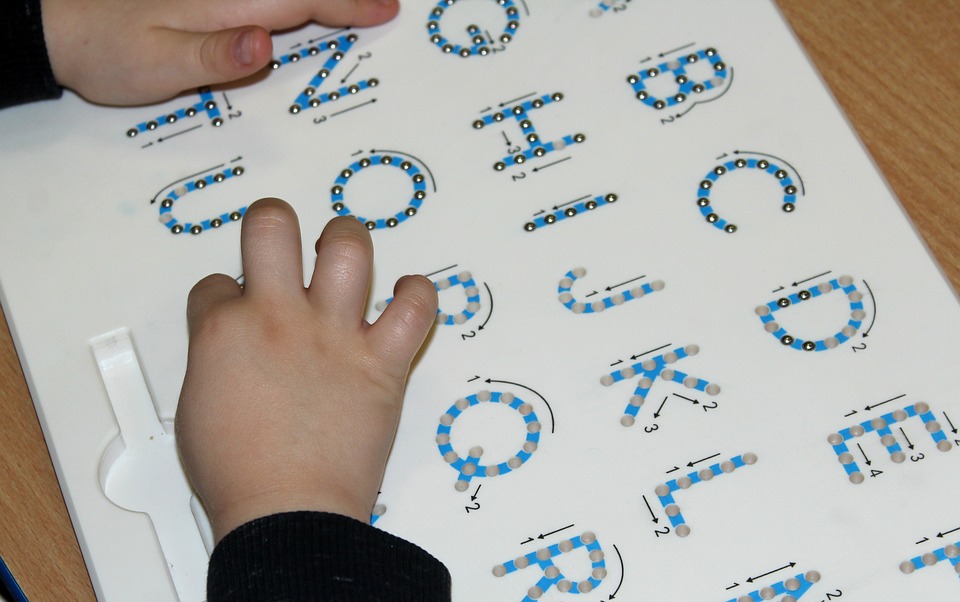Your cart is currently empty!

Teaching the Dyslexic Child No 2
Teaching the Dyslexic Child No 2
Dyslexia affects about 4% of children in English-speaking countries. Teaching the Dyslexic Child has particular challenges. The better we understand the facts about it, the better we can address the problem.
Many children learn quickly through implicit teaching. They catch on. But dyslexic children need instruction spelled out with no assumptions. This also applies to all children with a learning difficulty.
The combination of imperfect teaching practices and difficult written language conventions mean that 4% is higher than it is in countries where the written language is more regular. So dyslexia is most noticeable where the English language presents with irregular words or spelling patterns. Link: Teaching the Dyslexic Child
There are solutions We have no control over the writing conventions that pose problems for a dyslexic child. But we can improve teaching to cater properly for dyslexic children and others with a problem with literacy. But parents are dealing with schools as they are now. They can’t wait for teaching to improve. Parents are in the position of having to compensate their children through home tutoring because many schools are not teaching dyslexic children effectively.
A post, One Hundred Sight Words will inform you that about 20% of 115 sight words used in Prep and Grade 1 are irregular. The greater number of them are common small words that follow the spelling rules. Knowing this should help any parent relax about irregular spelling. 100 Sight Words, Early Primary School
Systematic teaching of the dyslexic child in class and at home. Occupational therapists and teachers provide useful suggestions that involve the other senses. They suggest raised or rough surfaces for writing, and strong colours to help children identify letters and sounds. I recommend, however, slowly removing these aids as your child improves.
Preparing the dyslexic child with clear speech training. In speaking English, in contrast with some other languages, the speaker uses the lips, tongue and teeth a lot more. A young child needs attention at an early age to develop good speaking habits. It is important to correct a child’s oral mistakes.
Pre-School provides a lot of social interaction and story-telling. It prepares children for the Prep classroom. Children who can recognise all the letters and sounds of the alphabet in Pre-School are prepared best for school.
I have spent a lot of time on a one-to-one basis with primary school children who cannot enunciate words. If a child can’t say words correctly then he will have difficulty reading them and writing them as well. So I sit opposite the child. I get him to watch how I say a word he has difficulty with. Then I show him where my tongue is, or whether I smile when I say the word.
Children’s speech benefits when you look at your child and your child is looking at you. Meanings of words can be picked up if you use gestures freely.
Jon Lieff in http://www.searchingforthemind.com is very helpful. These instructions to a child need daily reinforcement.
A note about memory A twenty-four hour period is long-term memory, not short-term memory which is counted in minutes. If you meet a person with a short-term memory problem and you are asked, “What time is it?” and then asked the same question a few minutes later, then this defines short-term memory. Short-term memory problems do not apply to dyslexic children.
Improving classrooms for the dyslexic child Classrooms can be noisy places. It comes back to individual teachers and their teaching habits and norms. The noise levels do not agree with all children and some can be quite stressed because of it. If your child’s classroom is extra noisy, it may be possible to have them moved to a quieter class.
Tidying up classrooms to reduce print overload can also help. This post address that problem: Classroom Clutter Confuses, Post
Move the dyslexic child – or any needy child – to the front I always preferred to have any child needing extra attention at the front. This gives the teacher a chance to watch how they are going with a task and to teach that child when the other children don’t need it.
You can ask for your child to be moved towards the front. I don’t agree with the practice of seating needy children at the back with an aide. The education of the child is the teacher’s responsibility and classroom aides do not have the teaching skills to compensate for your child’s extra learning needs. If the aide is there to help a handicapped child in a wheelchair for instance, there is no reason for the aide to be helping your child. They should not be at the same table.